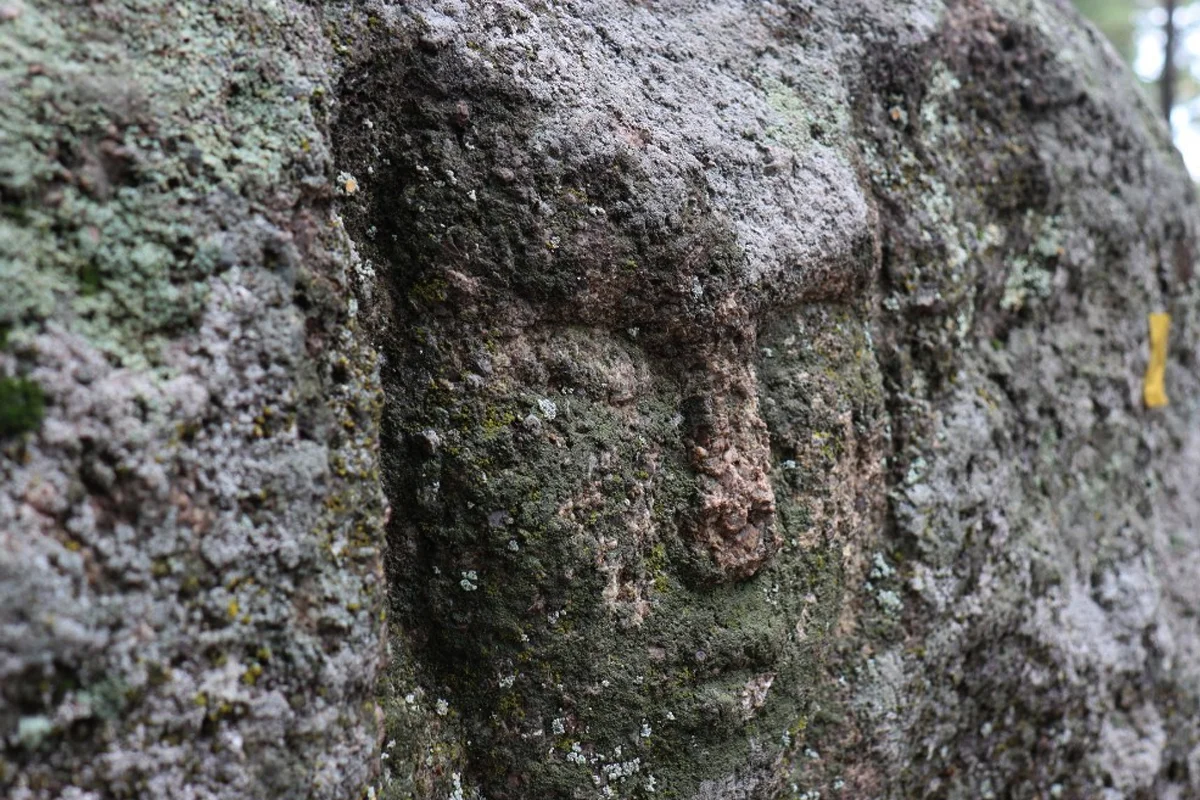A recent survey by the Ministry of Emergency Situations has uncovered a mysterious stone carving depicting a human face in the Akmola Region of Kazakhstan.
The discovery was made in the Sandyktau district, where employees from the Emergency Situations Department found the depiction carved onto the face of a granite boulder.
The carving measures 27 by 21 cm and is oriented west-southwest. It was found alongside a nearby rock ceiling and a poorly preserved image of a deer.
Archaeologists suggest that the carving and rock ceiling were part of a ritual complex, the purpose of which is yet to be determined.
In a press statement by the Margulan Institute of Archaeology of the Committee of Science of the Ministry of Science: “The face is clearly visible, with large eyes, a long straight nose, and protruding lips.”
According to Yarygin Sergey from the Margulan Institute of Archaeology, the carving likely dates from the Bronze Age and has parallels with similar rock face carvings found in Bronze Age sites across Central Asia and Eastern Europe.
However, the researcher emphasised that similar images from the early Iron Age in southern Siberia and medieval Turkic cultures could also provide parallels, making the exact period of the carving uncertain and open to debate.
Aset Zhangozhin, from the Emergency Situations Department of Sandyktau district, said: “It is a source of great satisfaction to make such an important discovery while engaged in our primary responsibilities. Furthermore, I believe that this discovery will have a positive impact not only on our district, but also on the entire country.”
Header Image Credit : Margulan Institute of Archaeology
Sources : Margulan Institute of Archaeology





